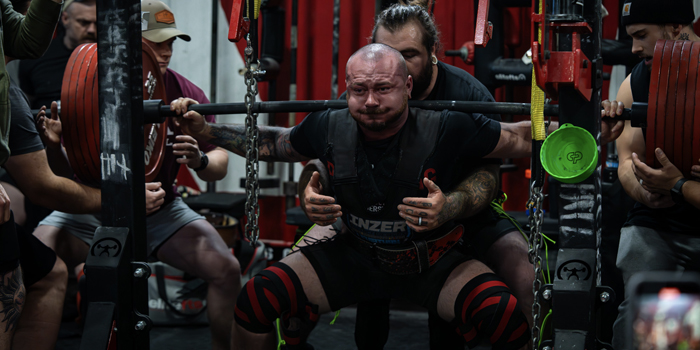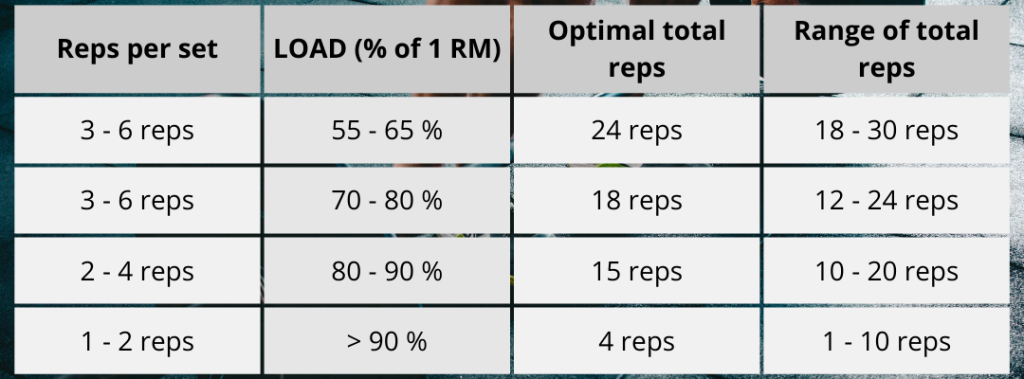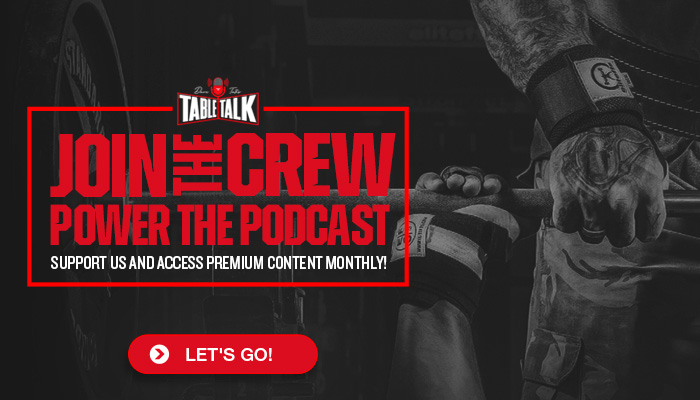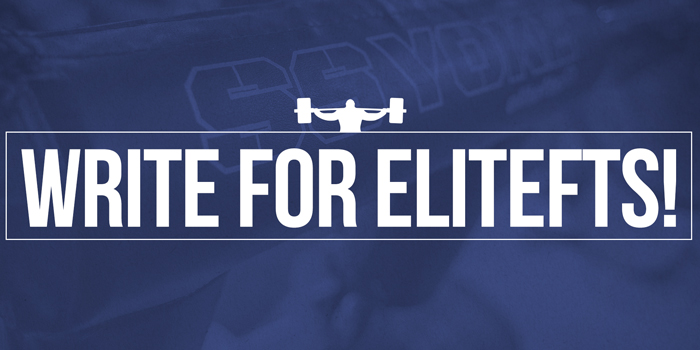
Body length is why you might get overtrained from the program you downloaded, but your friend gets strong and jacked as hell!
Why Body Size Matters
One reason why an athlete develops from a program while another does not can be because of their body size. A shorter athlete needs more volume than a tall athlete. A taller athlete has longer levers that load the joints, muscle tendons, and ligaments more. This principle is the same regardless of which levers we are talking about. A squat loads the knees more on a taller athlete since the femur is longer compared to a shorter athlete; a bench press loads the chest and shoulders more if the elbows are at a longer distance from your shoulder joint. This is pretty basic. So, if the loads are bigger, the volume has to be smaller. Being aware of body size is an easy, no-brainer tip to get a good clue of how much volume you should put in your program.

Prilepin's Chart
If you look at this chart, you can read the suggested range of total reps in different loads. We can assume that a smaller athlete benefits more from performing 20 total reps at 80-90 percent of one rep maximum and that a bigger-sized athlete should only do 10 total reps in an exercise. The optimal total reps will do for an average lifter, but if you are smaller or bigger than an average lifter, we can assume that the program needs to be adjusted in this way. This chart comes from Prilepin's chart, which is probably the most used chart in the world to plan training programs. And the chart is fucking awesome if you ask me.
I want to highlight the differences between athletes so that you can make even more progress from this chart.
As you might know, Prilepin's chart is a training tool that helps athletes determine the optimal number of sets and reps for different intensities in workouts. Developed by Soviet weightlifting coach Alexander Prilepin, Prilepin's chart ensures effective volume and intensity management to maximize strength gains. He was the head coach of the youth team in the old Soviet Union from 1975 to 1980, and from 1980 to 1985, he led the coaching staff of the senior team. Under his coaching, the team won eight medals at the 1980 Moscow Olympics and 30 medals at the World Championships from 1981 to 1983.
Prilepin's chart is a foundational tool in strength training, particularly for weightlifting and powerlifting, and Prilepin based this chart on his observations of weightlifting sessions.
Final Tips
I have been studying training and analyzing clients for more than twenty years, and this is a key point that has interested me since I noticed how many athletes have been struggling with the unsatisfying amount of volume in their training,
If you are unsure what suits you best, choose the optimal total reps and test yourself carefully. There can be no doubt whether you belong to the taller or shorter lifters group if you are not in the middle. So, if you are a tall lifter and feel tired, reduce the volume. If you are a small lifter and feel you have fuel left, turn up the volume. And remember, being fat or thin does not make you change category since it does not affect the distance of the levers.
Stefan Waltersson has been a personal trainer for more than 20 years. He is Westside Barbell certified as a special strength coach. He was also educated and trained by Professor Boris Sheiko, who also wrote the preface for Stefan's book Advanced Strength Training—Book of Principles. Stefan works as an author, lecturer, and strength coach and runs a gym in Sweden. Previously, he worked as a nurse assistant in healthcare, with neurology as his main focus. You can also find him on Instagram as @coach_waltersson.











